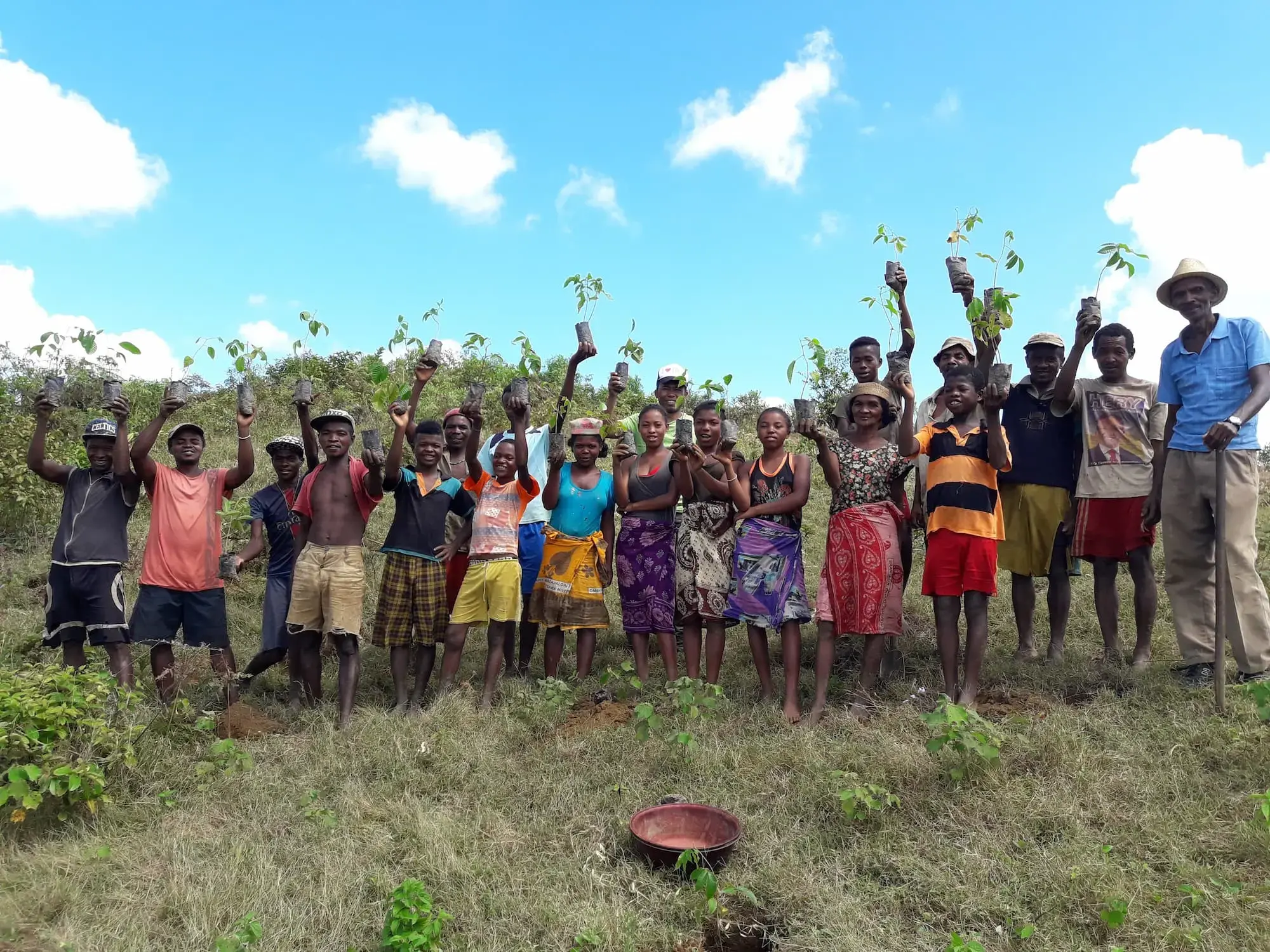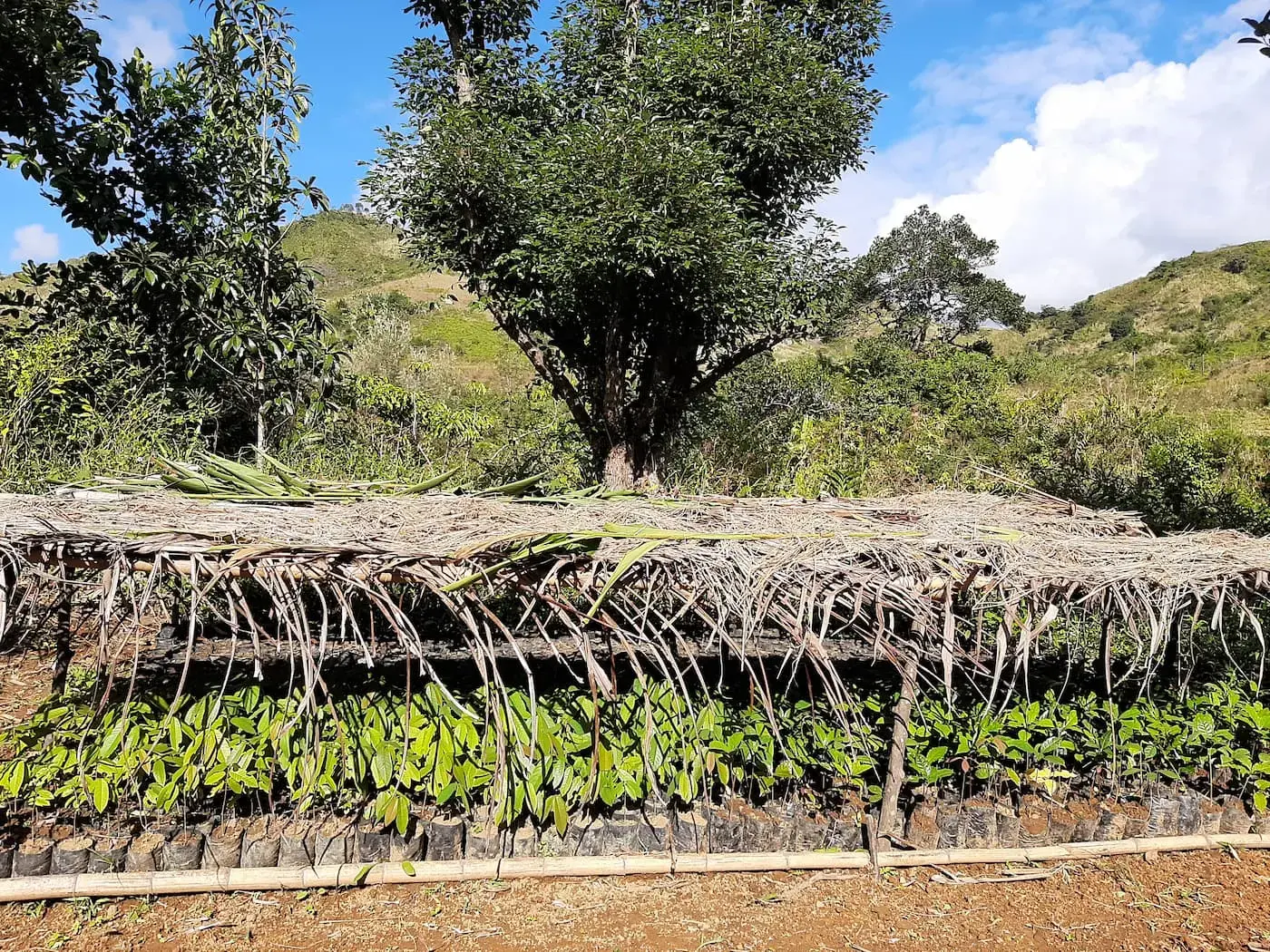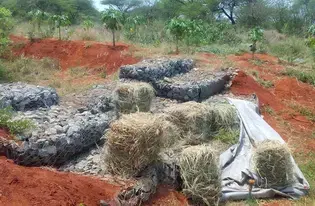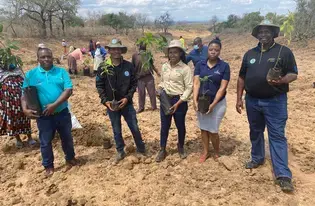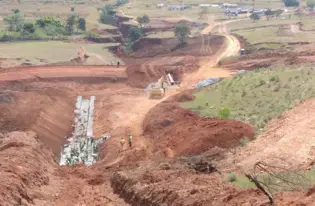Madagascar is one of the world’s top biodiversity conservation priorities because of those rare species – the alarmingly high rate of deforestation that is rapidly shrinking habitat. Located near the Ranomafana National Park in the country’s east, Centre ValBio is leveraging the power of research to improve the lives of the farmers in Madagascar. It uses its headquarters to encourage the surrounding community to protect the island’s endemic biodiversity. Centre ValBio was created in 2003 by an anthropologist and ecologist, Patricia Wright, who first identified the bamboo lemur primate in the reserve of Ranomafana in 1991.
Nicolas Nain Rasolonjatovo, the organization’s reforestation manager, says alternative living can lead to better conservation. “A charcoal maker would stop their activities if they received constant and durable income from another source that involved protecting the forest that they cut to make charcoal,” he says.
Rasolonjatovo says providing the local villagers with the knowledge and tools to improve their quality of life through projects focused on health and wellbeing harmony is equally important. “Once we recognise that much deforestation occurs due to economic necessity, we can begin to address the problem properly,” he adds. Rasolonjatovo still feels that there is work to be done to fully integrate the community’s mindset with the centre mission. “Understanding the long-term goals of our mission is difficult for them,” he says.
To support that critical work, the center received a grant from TerraFund for AFR100, an initiative of World Resources Institute, One Tree Planted, and Realize Impact that finances Africa's top restoration enterprises and projects. This funding is expanding the center’s work and growing thousands of trees around the area’s fragmented forests. The project isn’t only connecting small habitats, it’s also creating new long-term sources of income for communities by growing high-value trees.
ValBio has also started reforestation programs in schools around Ranomafana through its Child and Tree Fund. By expanding those initiatives to more remote villages around the park’s periphery, the centre has reached 23 villages, created 15 clubs, and educated children through the 19 schools. Rasolonjatovo believes that taking reforestation projects to young people can nurture young continent full of hope that embraces the promise (and payoff) of restoration.
